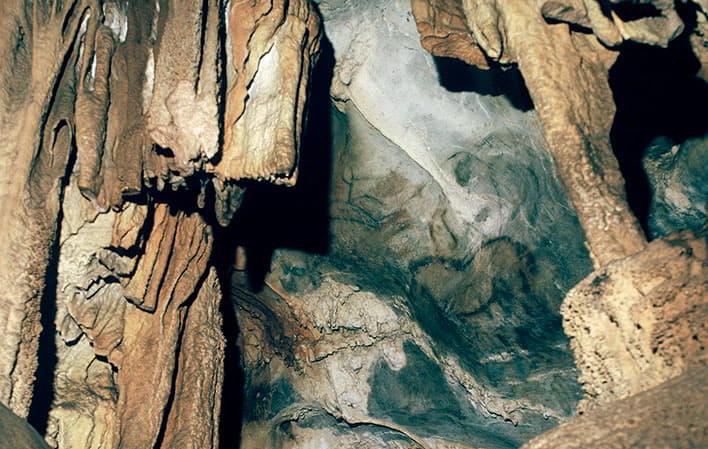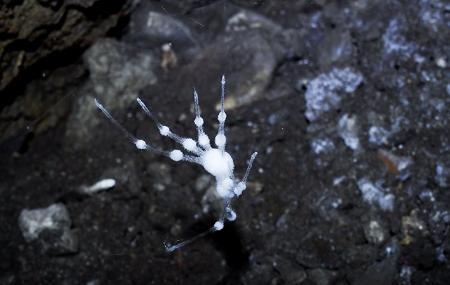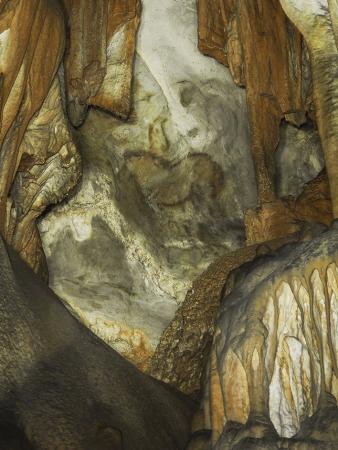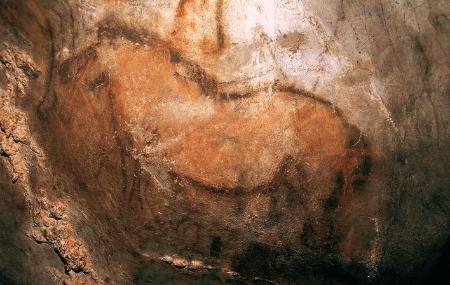
La Peña or Candamo Cave
- Location Candamo Asturias Centre
- Address Address: ■ 33828 - San Román
- Phone Phone: 985 828 056 (lunes a viernes: 09:00 a 14:00) | 678 764 207 (sábados, domingos y festivos 09:00 a 10:00)
- Email Email: casacultura@candamo.es
- Site: Visit
- Schedules and prices: View
Images
Info
La Peña Cave is located in San Román (Candamo), in the lower course of the Nalón River, close to its mouth, and is the westernmost cave with Palaeolithic art on the entire European continent. It opens at the base of a limestone hill and consists of a small gallery that leads to a large room, completing some 70 metres in length. The artistic space (from the Gravettian to the end of the Magdalenian) is located in the Hall of Engravings, with six panels.
The cave and its paintings must have had a magical-ritual meaning, according to the usual interpretations of this type of art. In addition, hardly any remains or utensils were found inside the cave, and the Wall of Engravings stands out for having the largest number of images and the most complex organisation with superimpositions, and the Dressing Room, an elevated hollow with representations of horses and bovines, arranged to be seen from the room itself, which demonstrates a clear and attractive scenographic conception.
The Interpretation Centre and Didactic Classroom of the Candamo Cavern is located in the restored Palace of Valdés-Bazán, a magnificent 17th century civil work, where full-scale reproductions of the treasures of the cavern are displayed, together with a multimedia system that develops the parietal art of the Cantabrian coast.
It is located on the road from Grullos to Peñaullán (AS-236), between Kilometres 4 and 5, between San Román, from where a road leads to the car park near the cave.
Daily limit of 45 people (15 per shift). Admission limited to over 7 years old. Booking online in advance is essential. To enter the cave you must present your booking confirmation email.
Before visiting the cave you must go to the Cueva de la Peña Interpretation Centre.
Schedules and prices
- 07 June to 07 September and Easter: 11:00, 12:00 and 13:00
- Closed: Monday
- Free
Period
Palaeolithic cave paintings from the Solutrian and Magdalenian periods.
How to get here
First Name: La Peña or Candamo Cave
GPS: 43.4562,-6.07266
Address: ■ 33828 - San Román




